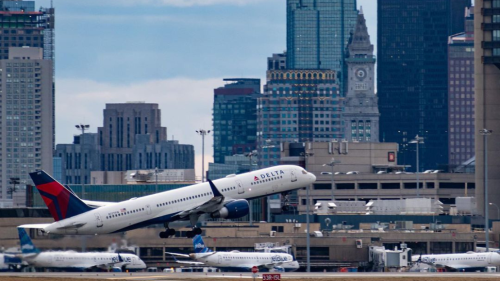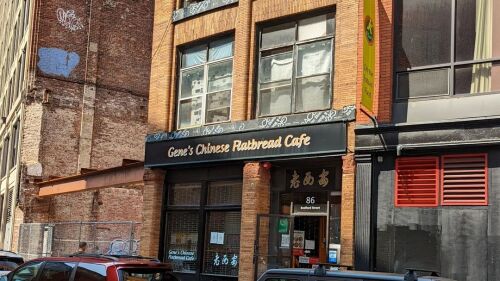It’s been a bumpy ride for Boston commuters lately. From the Orange Line fire last year to the current Red Line shutdown, there’s a lot going on that makes you want to slow down and take a deeper look at our city’s public transit options. While we we’re looking at the T — have you ever wondered how the MBTA got the colors for its four main lines?
Here are the theories:
- The Blue Line was selected because it takes riders under the Boston Harbor and to destinations along the coast.
- The Red Line is more about the destination — ending up in Cambridge, the home of the Ivy League campus whose school color is crimson.
- The Green Line route passes through the Emerald Necklace parks system. The Emerald Necklace is made up of 1,100 acres linked by parkways and waterways. Bonus: The Green Line uses above-ground trollies for its four branches: B to Boston College, C to Coolidge Corner, D to Riverside, and E to Heath Street.
- Rumor has it the Orange Line was named as such because the route covers part of historic Orange Street, known today as Washington Street. Others believe it was a branding decision by the design firm CambridgeSeven. They were focused on brightening up the look and feel of the oldest public transit system in the US and were considering primary colors. The seven-member team tested samples using orange vs. yellow and decided to use orange.
Let us know if you have other fun T facts to share.











